A cryptocurrency millionaire has revealed his designs for a utopian community in the Nevada desert run completely on blockchain technology.
The New York Times reported that the man behind the project, Jeffrey Berns, is planning a city that would run on the Ethereum blockchain, a decentralized infrastructure that he says could provide the foundation for a community independent of the capitalistic world we live in.
Instead of government and big corporations in control, the blockchain-based city would be designed to put power in the hands of the people and use cryptocurrency as the coin of the realm.
“The city aims to showcase how business development, residential living and commerce can flourish alongside world changing technologies,” says a description on the websites of Tom Wiscombe Architecture and Ehrlich Yanai Rhee Chaney Architects, two designers of the community.
"Multiple innovative technologies will change the way its residents interact on a daily basis and blockchain technology will be at the center of it all - keeping systems honest, fair and democratic," the description adds.
The area Berns has planned for his city comprises 67,000 acres of land in the Nevada desert that Gov. Brian Sandoval has dubbed "Innovation Park." It surrounds an industrial park with Tesla's Gigafactory and buildings of major tech giants like Google and Apple.
The company that Berns founded, Blockchains LLC, bought the property earlier this year for $170 million, according to The Times. Berns could fund the entire project - including the $300 million he's already put in - with money he acquired from investing in ether, the cryptocurrency powered by the Ethereum blockchain, in 2015.
"Something inside me tells me this is the answer," Berns told The Times, "that if we can get enough people to trust the blockchain, we can begin to change all the systems we operate by."
Berns said that Blockchains planned to begin construction of the city in late 2019 at the earliest but that the company still needed to develop a master plan and get county approval.
Check out some of the designs for a blockchain-based utopia in the Nevada desert:
Renderings show a city split into two: a residential area, and a campus for researching emerging technologies.
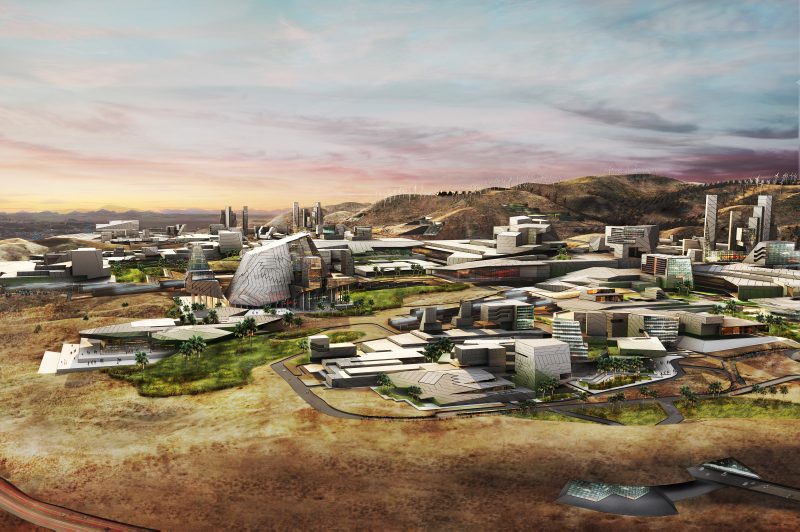
The business side of the city will feature "a highly secured, high-tech Blockchains Campus that joins blockchain technology with artificial intelligence (AI), 3D printing and nanotechnology," according to the design firms.
Berns told The Times he also planned to build a college there.
The research campus would include "workplace/manufacturing hybrids" designed to encourage innovation and collaboration, according to the architecture firms.
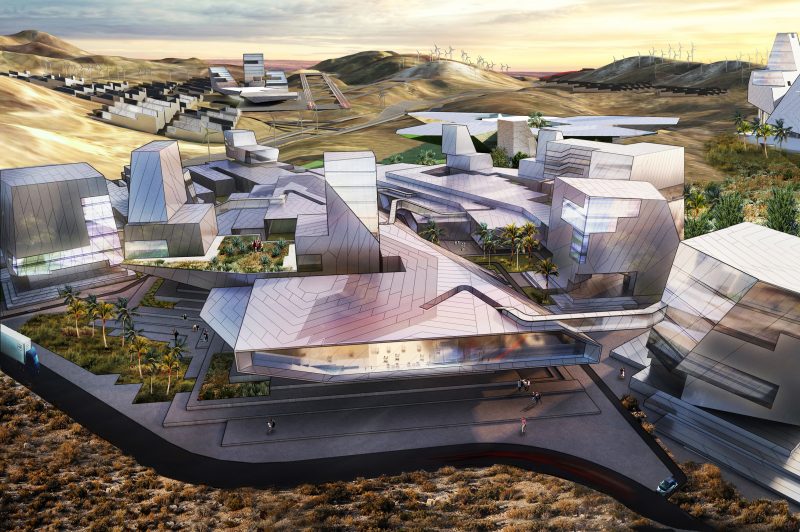
The commercial side of the city would be focused on encouraging tech-forward ideas and development. The design firms described these research buildings as places "where inventions are prototyped and where they are conceived."
The architecture is designed to encourage collaboration and creativity, with communal civic areas and large courtyards.
The tech campus will also feature an esports arena, Berns said.
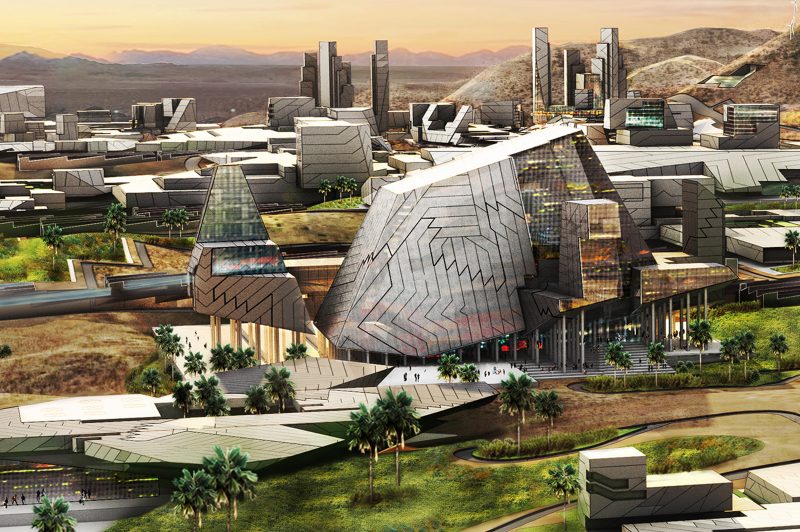
There aren't many details available about a gaming arena, but the rise of competitive video gaming and its growing market indicate that esports is right in line with Innovation Park's vision of a tech-forward community.
The other side of Innovation Park would be a residential "smart city" with homes and schools.
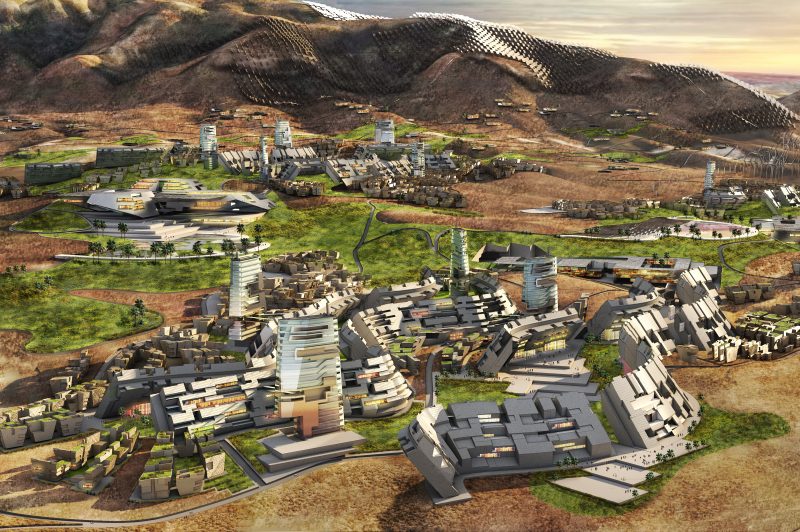
The city's residential area is designed to be a home for thousands of people. It could have self-driving electric cars and a drone delivery system.
The residential area is designed to emphasize a sense of community, according to the architecture firms.
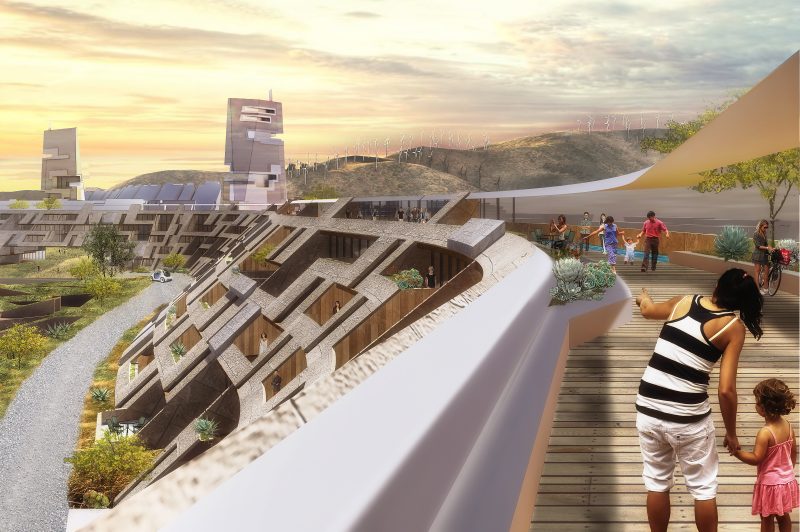
The city could run on both blockchain and renewable energy sources.
The residential area will be community-oriented and "human-centric" in design, according to the firms.
"Civic centers, schools, and commercial areas are woven throughout, creating density, walkability and above all, community," the description of the city says.
Berns detailed his plans for the city in a keynote speech earlier this month at a Blockchains event in Prague. Here's his complete presentation:

